Nothing can escape the iron teeth of time, and the day when web design gets completely boring and finally fades away will sooner or later come… or perhaps it has already happened? In an online world full of grid-based hero blocks, and yawn-inducing call-to-action buttons, we can’t be sure of anything anymore.
The best thing we can do is to approach the problem rationally, as it can be expected from good professionals.
In this post we try to figure out the time when the web will be fully deprived of creativity, and web designers won’t be anything more than framework-configuring bots. The clock keeps ticking, the dark times are coming, but don’t worry, if we know the schedule we can better prepare for the change.
First of all though, we need to take a look at the bigger picture, and understand how the field of design has managed to survive this long.
5 Best Free Tools to Create Professionally-Looking Ads
Whether you want to design ads for your new product or design banners for your online profile on… Read more
The Oldest Profession In The World
Design has been the oldest profession in the world. Have you heard it otherwise? Most likely those were just urban legends, dirty jokes or evil gossips.
Goods, products and everything that can be sold or bought need to be first designed. Money or other valuables that were offered in exchange for the service that is mistakenly considered the oldest profession also needed to be designed well before anything could have happened.
If you want to understand the impact design has had on humanity just quickly look around yourself wherever you are. Everything you see right now, other than natural forms and living creatures – objects, buildings, furniture, vehicles, clothes, your tea infuser and coffee mugs – first existed as ideas in designers’ minds, then were smartly prototyped by them.
The global influence of design is so enormous and has so many dimensions that it’s hard to grasp.

So how has the oldest profession in the world managed to survive this long? Throughout the neverending need for change, the constant diversification of the field, and via the theoretical and practical conflicts that have never ceased to exist.
Conflicts That Can Never Be Solved
Any domain that requires at least an ounce of creativity are full of conflicts. As design is creation per se, it is naturally loaded with a lot of dissent.
The questions have always been there: how to provide the best solution, what are the rules, are rules needed at all, along with many other debates and uncertainties. As this post is nothing more than an investigation about the final days of web design as we know it now, we will focus only on the conflict that has had the most impact on our field.
This conflict in design – and generally in art – began when mass production became widely available, around the beginning of the 20th century. Since then creators have been trying to comprehend how they can the best serve human needs while still coming up with creative and unique solutions that fill the void not only physically but also mentally and emotionally.
The opposition of Art Deco and Bauhaus – the handcrafted for the few and the functional for the masses – in the early 20th century excellently represents the nature of this conflict.
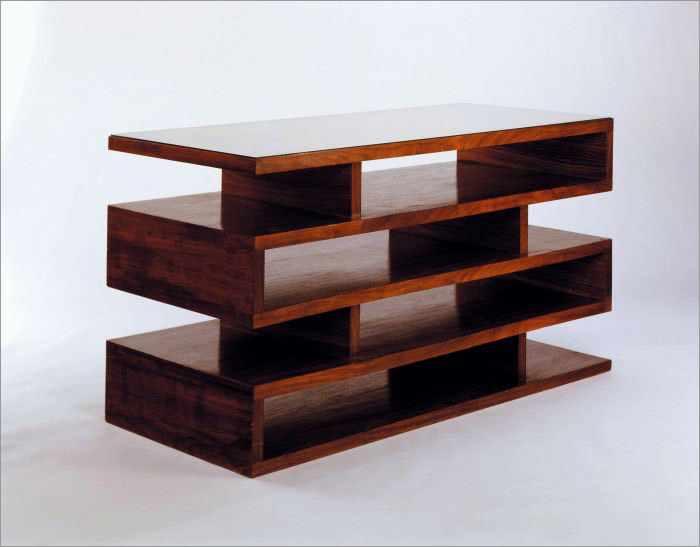
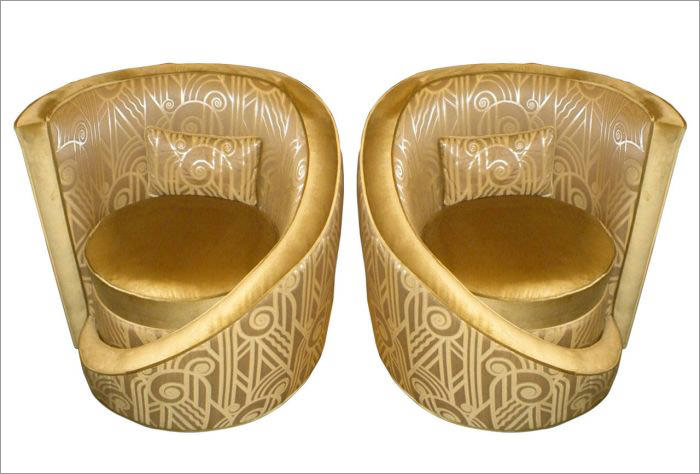
Both produced elegant solutions on their own way without invalidating the existence of the other. Something similar happens these days in web design.
The Ever-Expanding Online Universe
When the World Wide Web was created it was hard to figure out how it would finally look like, just like we are right now struggling with finding the magical date when web design will turn insufferably boring.
It’s more and more sure though that the web formed a virtual world parallel to the physical one, that needs to be populated with virtual objects that we know as applications and websites.
The number of things from the physical world that get a representation in the virtual one is growing every day: we buy cool stuff from e-shops, our personalities are represented online, and fabulous solutions for our burning problems are also stored on the web. But not just that.
The rapidly emerging hardware technology also expands our opportunities both as users and creators, just think about the rise of wearables and other smart devices.
The Gray Side of The Early Web
A more complex online world naturally requires more solutions and a wider approach than a simpler one that was mainly about creativity and fun. Or was it? What if there have always been a gray, boring side of web design?
Websites We Visit: How They Look Like 10 Years Ago
Most of us probably got our Internet connection somewhere 10 years back. It was also around that time… Read more
We are lucky, as with the help of the Wayback Machine we can easily get an accurate reply at least to this question. Let’s go back to the beginning of the new millennium to see if this frightening assumption can really be true.
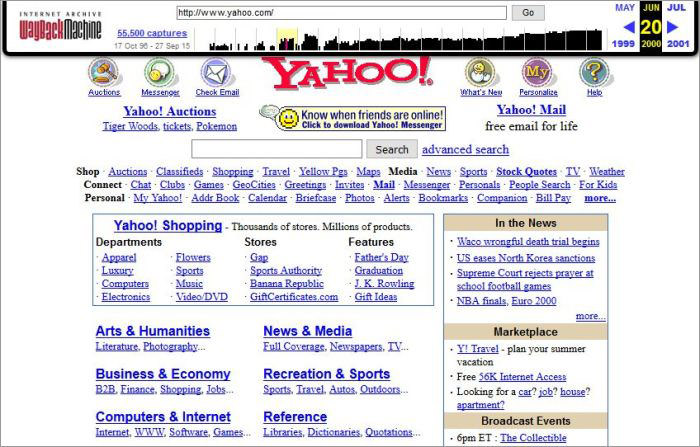
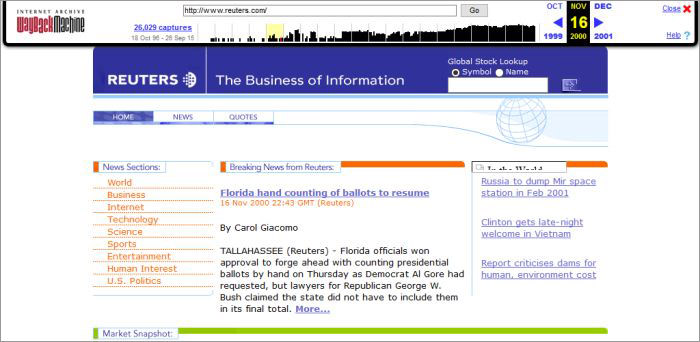
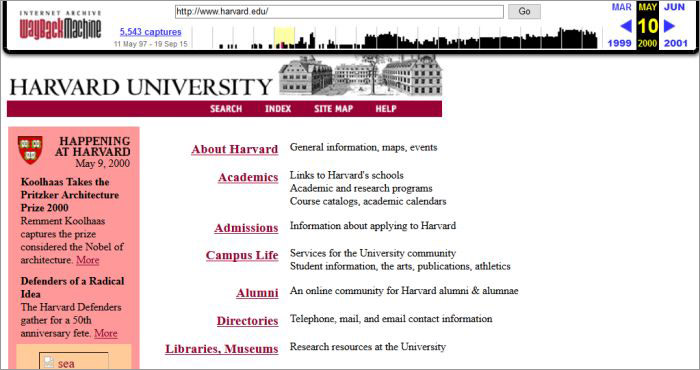
Trip Down Memory Lane: Early Designs of Popular Sites
Over the years websites update and change their design style gradually, sometimes for better, sometimes for worse, but… Read more
Wait, What?
Yup, this is how the most part of the web looked like in the year 2000. Business sites that had to make profit and web pages of organizations that required easy usability chose the straightforward, simple designs that didn’t leave too much space for imagination, even back in the good old days.
The tools have been constantly changing though, so at least the coding part has never become boring: back then devs used HTML tables, transparent gifs and other sneaky techniques to achieve the logical, easy-to-understand layout; these days we tend to use frameworks like Bootstrap and Zurb Foundation.
10 Lightweight Alternatives To Bootstrap & Foundation
Choosing the right framework that is the perfect fit for your projects could be a little bit overwhelming… Read more
Tools Are Just Tools
Tools are just tool; it has always been the client and the designer who decide what to achieve with them. It’s possible to build beautiful, award-winning websites with Bootstrap, but of course aesthetics is not always the primary consideration.
User Experience and Usability are more of a concern these days for business clients who need to provide accessible websites for a wide user base. Luckilyclients who want artistic websites are also out there, like they have always been – just think about the needs of a music band, an art gallery or a conference organizer.
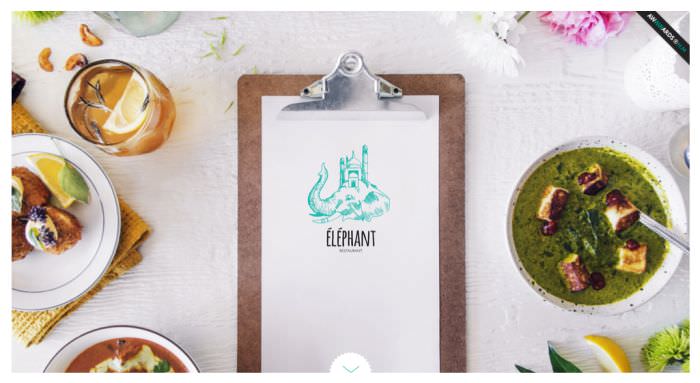
The Final Date
As it has just turned out, web design has always had a functional side that can only use subtler visual elements. We unfortunately run into an infinite loop that will hardly come to an end.
The conflict between functionality and aesthetics is not simply a binary question; it exists on a spectrum that is influenced by more and more factors, as the online world becomes more complicated. Web designers need to reconcile newer and newer needs.
As we exist within an infinite loop that can only be solved with formatting the whole system, it doesn’t bear much sense to stare at our clocks, and worrying about the time when our field will be deprived all of its creativity.
The best thing we can do is to get rid of our annoyingly ticking clocks, and replace them with perpetuum mobiles. Gazing at them with an open mind can be a good meditation practice that can help us understand how we personally can contribute the best to the ever changing world of web design.
Now Read: Changing The Face Of Web Design: A Case Study Of 25 Years

The post The Day When Web Design Gets Boring appeared first on Hongkiat.


